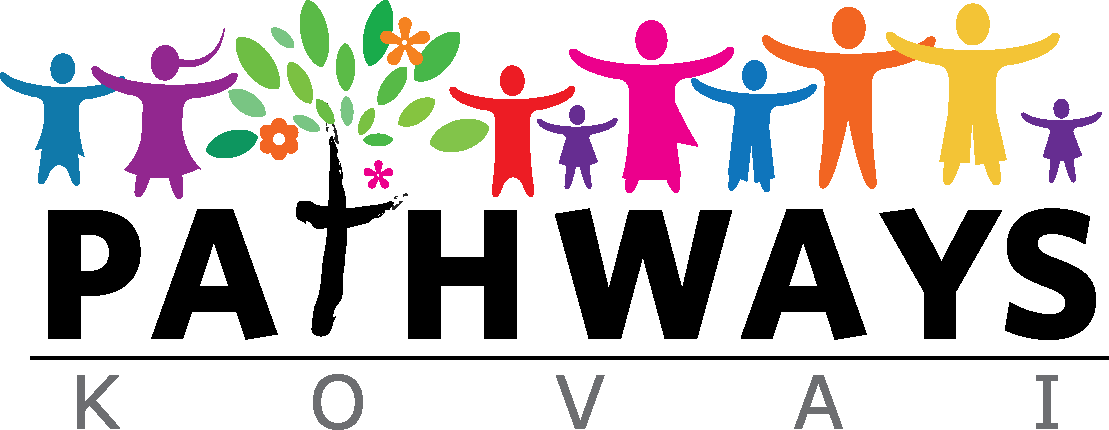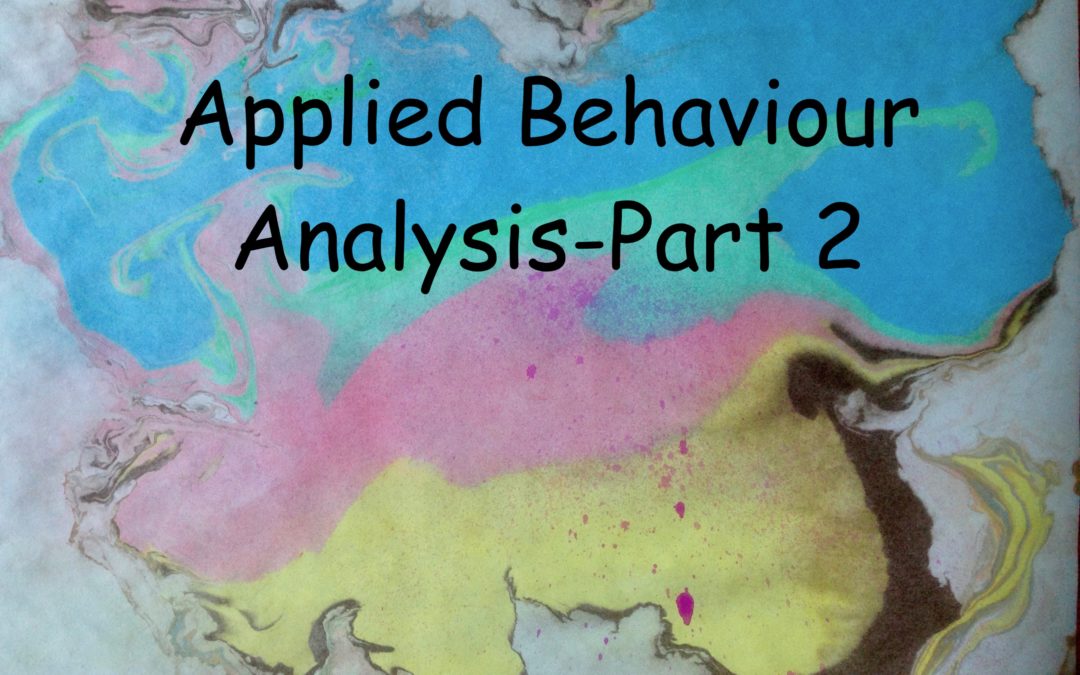Written by Dr K Porpavai
In the last blog I discussed some basics about ABA. Let us look more into what it means for families in a little more detail. There are a number of interventions of different kinds. Some are individual, focused, some focus on parents and some focus on both. It can be confusing for parents when they have a child diagnosed with ASD. They need appropriate guidance, understanding and support by professionals and support groups. The interventions available for helping children and families with ASD are usually based on different theories about the causes of ASD. Hence, knowing the theory behind the approach is important in understanding how it works.
The choice of what treatment would be best, would also depend on the particular child, their individualistic needs and what is right for them and their families. Based on existing research, early interventions with educational and behavioural focus appear to have the best outcome for majority of children with ASD. Most of such interventions use ABA principles to teach new skills.
The nitty gritty of an ABA program
ABA involves three components to work together: people (Children, parents, carers, family, school staff and therapists), programming and practice which are the responsibility of the behaviour analyst. All these three will have to work together for at least two years or even longer. The therapists mentioned above can be anyone who has the motivation, patience, creativity and ability to work with kids who are different. Parents can also learn the skills to be therapists.
The behaviour analyst conducts a thorough behaviour analysis and designs (tailored to the child’s abilities and interests) a program that has a detailed plan of what the child should learn, how the program is conducted, how it is reviewed and how it can be practiced across different settings. For each skill that needs to be learnt exercises are designed (called discrete trial drills) that the child does one on one with the therapist (mind you, this one can be anyone who can learn the skills that the behaviour analyst teaches). The skills usually fall into the categories of language, play and social skills or even address repetitive behaviours etc.
Once the drills are designed, the practice of the drills are important. A properly set up ABA program involves a home program of 10 to 40 hours a week, with one on one discrete trial drills delivered by therapists or parents, workshops with a consultant, every 2 to 12 weeks, for an average of one to two hours a week and weekly team meetings for all therapists to compare and problem solve. Usually these programs are conducted at home, but they can also be conducted at specialised centres.
What progress can be expected?
The nature and amount of program very much depends on the child’s innate ability to learn and the quality of the instructional program. It is also important to keep in mind that we have no reliable markers in a young child that would predict how he/she will turn out as an adult. In the end the only thing that we can influence is the quality of the program and the quality of the instruction. It involves attention to detail and hard work. We can aim to help the child to learn to his/her maximum potential when in actual fact we do not know what the potential is. Many children who have cognitive deficits may gain skills but will still need learning strategies to work around their limitations as well as good understanding and accommodation from the family and school and society.
Limitations of ABA
From the above, it is clear that there are a number of limitations in doing ABA in the authentic form.
Firstly, the cost is prohibitive. It is not generally funded by public health in most developed countries and in the underdeveloped countries there are many other problems such as lack of trained professionals, lack of awareness of such programs, poverty etc. When ABA is effective it really makes a big difference to the child and the family. One family I knew in Australia spent A$200,000 on ABA. When I met the child initially I would not have picked up that this child had no language skills and social skills when he was diagnosed at the age of two. But this is not feasible for the average Australian family. If that is the case, we can only imagine the lack of resources in resource poor settings.
Secondly, it is time intensive. In order for this to be effective parents will have to shell out to pay therapists to work one on one or will have to do it themselves, which would ultimately mean that they cannot hold a job and do ABA at the same time. The cost added with loss of income makes it less viable for most.
Thirdly, it is a behavioural program and when done rigidly is almost a robotic training of children and does not occur in natural contexts. Historically there have been reports of therapists mistreating children by the use of restraints and aversive techniques. While physical restraint might be needed to reduce injury, it is not a teaching method as a “behavioural consequence”. These usually would happen by professionals who do not have the appropriate training and also when there is lack of accountability.
Fourthly, the evidence relating to the effectiveness of ABA has been widely debated. There is a disagreement between behaviour analysts and other researchers and practitioners about how the research is conducted and interpreted. Autism is complex and what helps one person may not help others, so it is vital that each individual is supported as an individual and any interventions are adapted to their specific needs.
There are a range of communication-based, behavioural and educational approaches used to support people with autism to fulfil their potential. These include approaches such as PECS (Picture Exchange Communication System), TEACCH (Treatment of Autistic and Communication Handicapped Children), ABA (Applied Behavioural Analysis), sensory integration and speech and language therapy. The UK National Autistic Society (NAS) believes that such interventions need to be adapted to the needs of the individual and monitored for impact.
To Be Continued………


Recent Comments